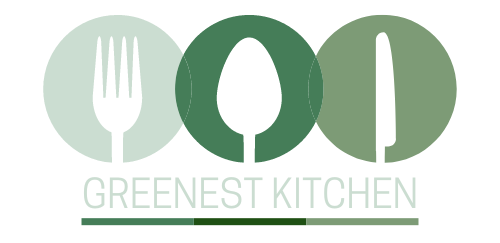A gluten-free diet is among the hottest topics these days. Since rice is gluten-free, rice cakes have surfaced as an alternative to bread. You will see that it is particularly popular among gymgoers. They usually pair with other foods like chicken meat.
Personally, I do not enjoy them. I find them a bit sour, and to be honest, tasteless. Some even address them as Styrofoam, which sounds pretty funny, right?
What I must say is that the number of people who use them sparked an interest in me to research them a bit, and see whether their shelf-life can expire. Let us see.
How Long Can They Last?
Rice cakes can actually last quite a long time if you store them properly in their original packaging. I’m talking up to a whole year! But, here’s the thing, if they’re not kept in the best conditions, they can become stale or even develop mold.
To keep your rice cakes as fresh as possible and avoid any unpleasant surprises, it’s best to consume them within 24 hours if you’re keeping them at room temperature. If you decide to pop them in the fridge, they can stay fresh for about 72 hours. So, it’s a good idea to plan your rice cake snacking accordingly.
Now, let’s talk about why these rice cakes become stale. It all comes down to prolonged exposure to oxygen. When they’re left out in the open for too long, the oxygen starts messing with their texture and flavor. And trust me, that can make them a lot less enjoyable to munch on.
On the other hand, mold growth is not as common, but it can still happen if the rice cakes are exposed to moisture, oxygen, and the right temperatures. Yuck! Nobody wants to deal with moldy rice cakes. So, it’s crucial to keep them in a dry and airtight environment to prevent any unwanted mold surprises.
Signs of Spoiled Rice Cakes
A Sour or Unusual Smell
Give your rice cakes a good sniff. Fresh rice cakes should have a neutral, pleasant aroma, so any off-smells are a clear indicator that something’s not right.
An Off-Color
A spoiled rice cake may have an off-color that’s different from the fresh ones. So, if you notice any discoloration or a change in the usual appearance, it’s a sign that they may have gone bad. Keep an eye out for any fuzzy spots in various colors, which could be mold. And if you spot visible maggots, well, that’s a pretty severe case of spoilage, and you should definitely stay away from those.
A Bad Taste
Give your rice cake a little nibble, and if it tastes bad or off, it’s a clear sign that it’s no longer suitable for consumption. Trust your taste buds on this one.
The Texture
A fresh rice cake should have a soft and chewy texture that’s oh-so-satisfying. However, a spoiled one may feel slimy or have an off texture. It could be overly hard or even powdery.
These symptoms of spoilage are caused by contaminants such as fungi and mold, which can produce harmful substances called mycotoxins.
How to Store Them Properly?

First and foremost, find a cool spot for your rice cakes. The ideal temperature range is usually around room temperature or slightly lower. This helps maintain their freshness and prevents them from becoming stale or developing mold.
Another key factor is to ensure that the storage place is dry. Moisture is the enemy when it comes to maintaining the quality of rice cakes. So, a dry spot where humidity levels are low. will help prevent any unwanted moisture from seeping into them and causing spoilage.
Oh, and don’t forget about sunlight! The UV rays can accelerate the deterioration process and negatively affect their taste and texture. So, make sure to keep your rice cakes away from direct sunlight by storing them in a cupboard or a pantry with proper shading.
Summary
It’s really best to enjoy your rice cakes as soon as you open the package or within a few hours. Their taste and texture are at their absolute peak during that time.
While storage can help to some extent, it’s not really advisable to keep rice cakes for an extended period. The longer you store them, the more likely they are to lose their freshness and become less enjoyable to eat. The texture may change, and they might even become a bit dry or less flavorful.





